Trees are among the most beautiful and valuable assets in your landscape. Not only do they add shade, privacy, and visual appeal, but healthy, well-maintained trees can also increase your property’s value. However, like any living organism, trees require proper care to thrive—and pruning is one of the most essential maintenance tasks.
While it might be tempting to grab a pair of shears and start trimming branches yourself, improper pruning can cause more harm than good. That’s why it’s crucial to understand when a tree actually needs professional pruning—and what signs to look for.
In this article, we’ll guide you through the most common indicators that it’s time to call in a certified arborist, the risks of delaying pruning, and how professional pruning benefits your trees (and your safety).
Why Is Tree Pruning Important?

Before jumping into the warning signs, let’s quickly recap why pruning matters.
Proper pruning:
- Encourages healthy growth and structure
- Removes diseased, damaged, or dead branches
- Reduces the risk of falling limbs
- Prevents interference with power lines and buildings
- Improves sunlight exposure and air circulation
- Enhances the tree’s natural shape and beauty
Professional pruning is more than just a cosmetic task—it’s vital for the long-term health and safety of your tree.
Signs Your Tree Needs Professional Pruning
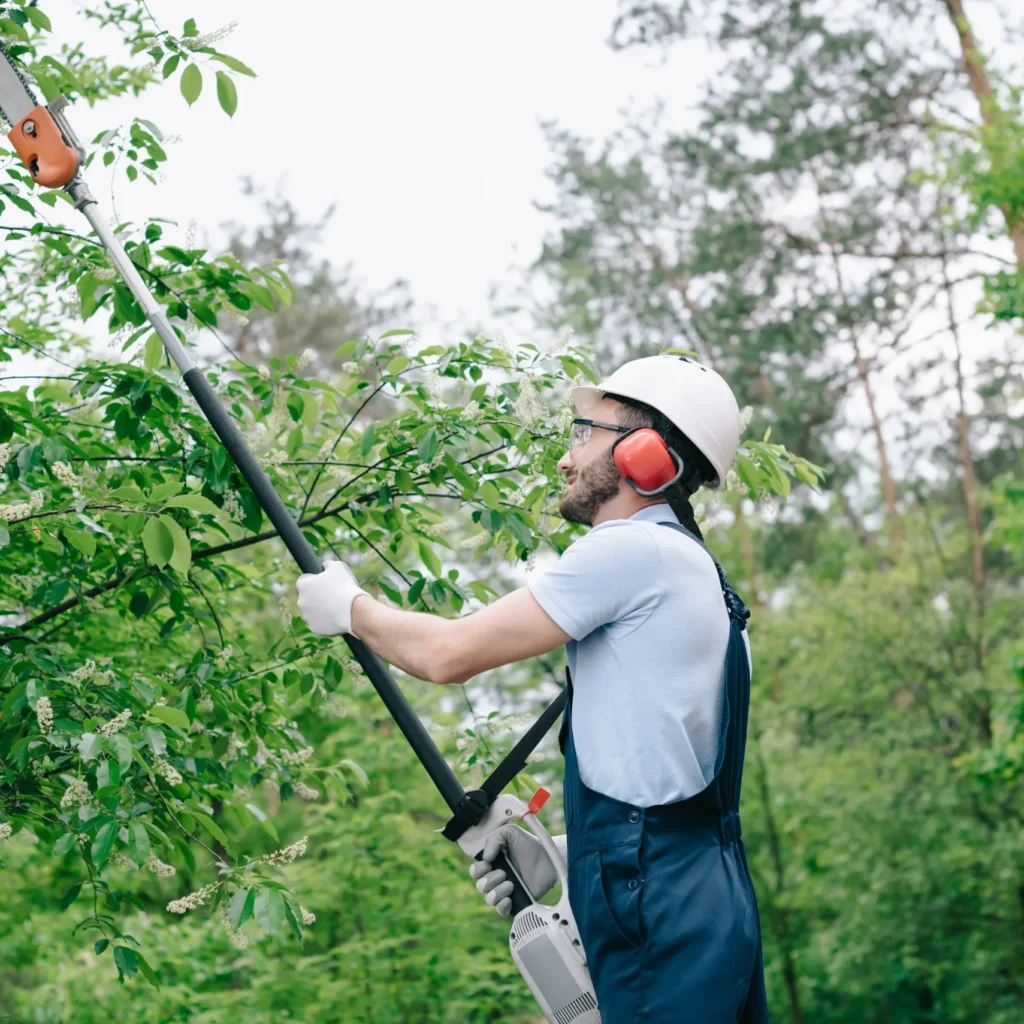
Here are the key indicators that your tree might be due for a professional trim:
1. Dead, Dying, or Diseased Branches
Dead wood is not just unsightly—it’s dangerous. These branches are brittle, break easily, and could fall during a storm or high winds. Signs of dead or diseased branches include:
- No leaves or budding during the growing season
- Brittle texture or cracking bark
- Fungus or mushroom growth at the base or on limbs
- Discolored or decaying wood
Don’t ignore these signs—dead branches should be removed promptly by a certified arborist to prevent further decay and reduce safety hazards.
2. Overgrown or Misshapen Canopy
If your tree’s canopy looks too dense, unbalanced, or “top-heavy,” it may need thinning or shaping. Excessive branch density:
- Blocks sunlight from reaching lower limbs or your lawn
- Increases wind resistance, which can cause breakage in storms
- Prevents proper air circulation, making the tree more vulnerable to disease
A skilled arborist can selectively prune branches to improve light penetration and restore a more natural, balanced shape.
3. Branches Touching Structures or Power Lines
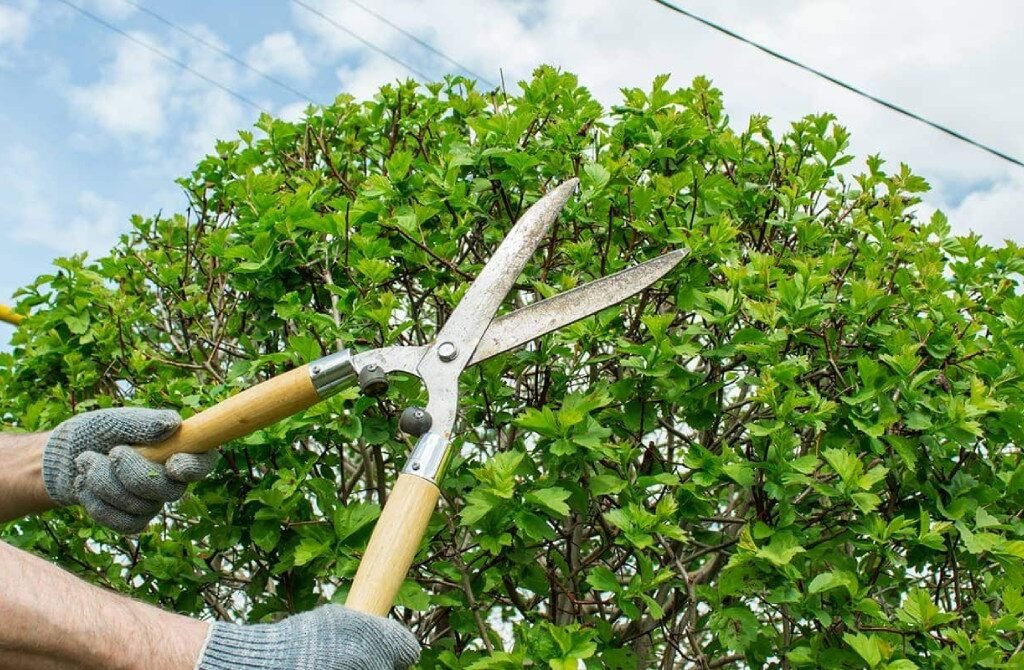
One of the clearest signs you need professional help is when branches begin encroaching on:
- Rooflines or gutters
- Windows and siding
- Fences, sheds, or garages
- Utility wires or telephone poles
This isn’t just a nuisance—it’s a serious safety risk. Trees growing too close to power lines can cause electrical outages, fires, or electrocution hazards. Never attempt to trim near power lines yourself—this job is strictly for professionals with the right equipment and training.
4. Storm Damage
Strong winds, lightning, and ice can cause severe damage to trees, leaving behind:
- Broken limbs
- Split trunks
- Uprooted branches
Even if the damage isn’t obvious, hidden stress cracks can weaken your tree’s structure over time. A professional pruning assessment after a storm ensures any dangerous or unstable branches are properly removed before they cause injury or property damage.
5. Crossing or Rubbing Branches
When branches grow too closely together, they may rub against one another, causing:
- Bark wounds
- Entry points for pests and disease
- Structural weakness
Over time, this can severely affect your tree’s health. A professional will know how to prune these branches in a way that prevents future problems and encourages healthy spacing.
6. Unusual Growth Patterns
Trees sometimes grow in odd, unnatural ways due to:
- Competition for sunlight
- Damage from previous storms or improper pruning
- Genetic abnormalities
This can result in:
- Leaning trunks
- Multiple leaders (competing main stems)
- Low-hanging limbs that block pathways
These conditions require careful correction to avoid long-term issues. A trained arborist can prune selectively to redirect growth and reinforce structural integrity.
7. Excessive Leaf Drop or Poor Health
If your tree is dropping leaves out of season, growing sparse foliage, or looking generally unhealthy, it may be under stress. While there are many potential causes (pests, disease, drought), overgrowth or dead limbs can exacerbate the problem.
Pruning away unnecessary or unhealthy growth allows the tree to redirect energy toward healthy branches and encourages recovery.
Why Hire a Professional Arborist?
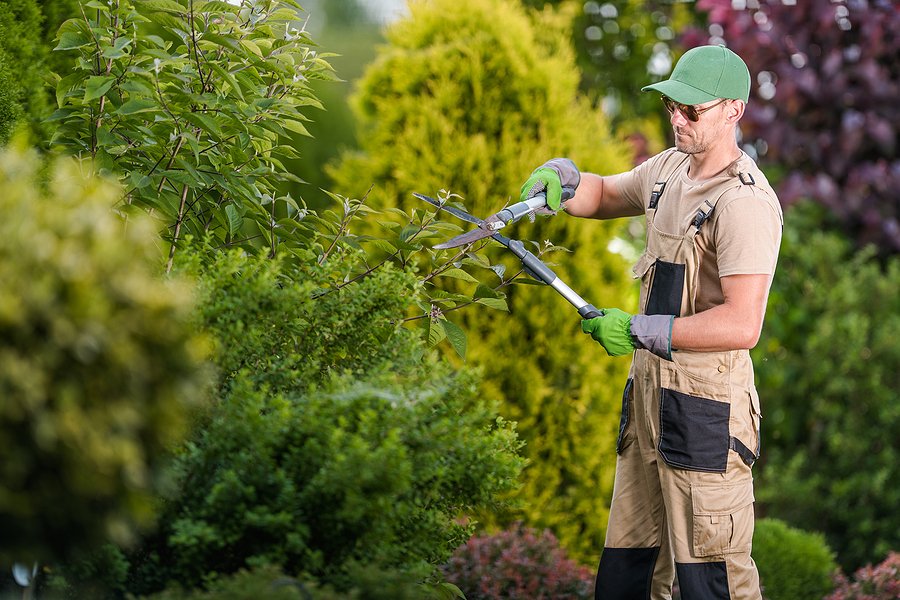
You might wonder, “Can’t I just prune it myself?” While light pruning of small branches is manageable for most homeowners, professional pruning is highly recommended for larger trees or when dealing with disease, structural issues, or safety concerns.
Here’s why hiring a certified arborist is a wise choice:
Safety First
Tree work is one of the most dangerous maintenance tasks. Professionals have the tools, knowledge, and safety equipment to handle risky jobs—especially when working at heights or near power lines.
Expert Diagnosis
An arborist can spot early signs of disease, decay, or structural weakness that may not be obvious to the untrained eye. This allows for proactive care instead of costly emergency removals later.
Proper Technique
Improper pruning—like topping, excessive cutting, or removing the wrong limbs—can permanently damage a tree. Arborists follow industry standards to prune safely without compromising the tree’s health.
Long-Term Tree Health
A well-pruned tree is more resilient against storms, pests, and disease. It also grows in a more aesthetically pleasing and balanced way, enhancing your property’s curb appeal.
When Is the Best Time to Prune?
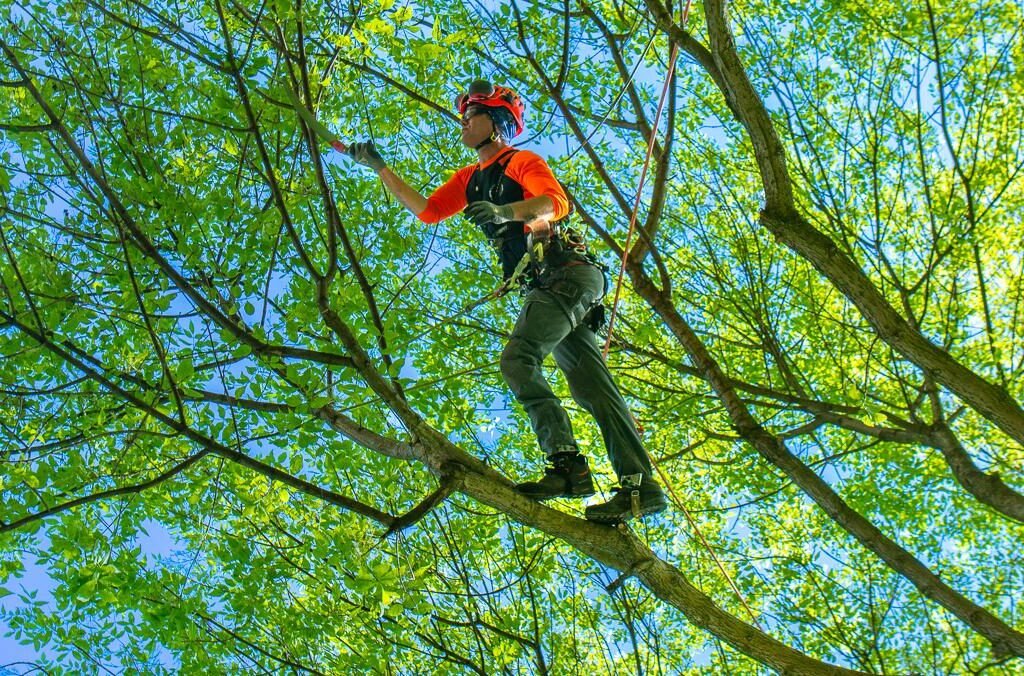
While pruning can be done year-round depending on the species and goals, there are general guidelines:
- Late winter to early spring (before new growth): Ideal for most trees, as they are dormant and less vulnerable to stress.
- Summer: Good for slowing unwanted growth or after storms.
- Fall: Generally avoided due to higher risk of disease transmission.
Always consult an arborist for the best timing specific to your tree’s species and condition.
Final Thoughts: Don’t Wait Until It’s Too Late
Pruning isn’t just a cosmetic task—it’s essential to your tree’s health, your safety, and your property’s appearance. If you notice dead limbs, odd growth, storm damage, or branches threatening your home, don’t put it off.
A certified arborist can evaluate your tree’s condition and recommend the appropriate course of action. Whether it’s preventive maintenance or post-storm care, professional pruning pays off in the long run—saving you money, stress, and potentially even lives.
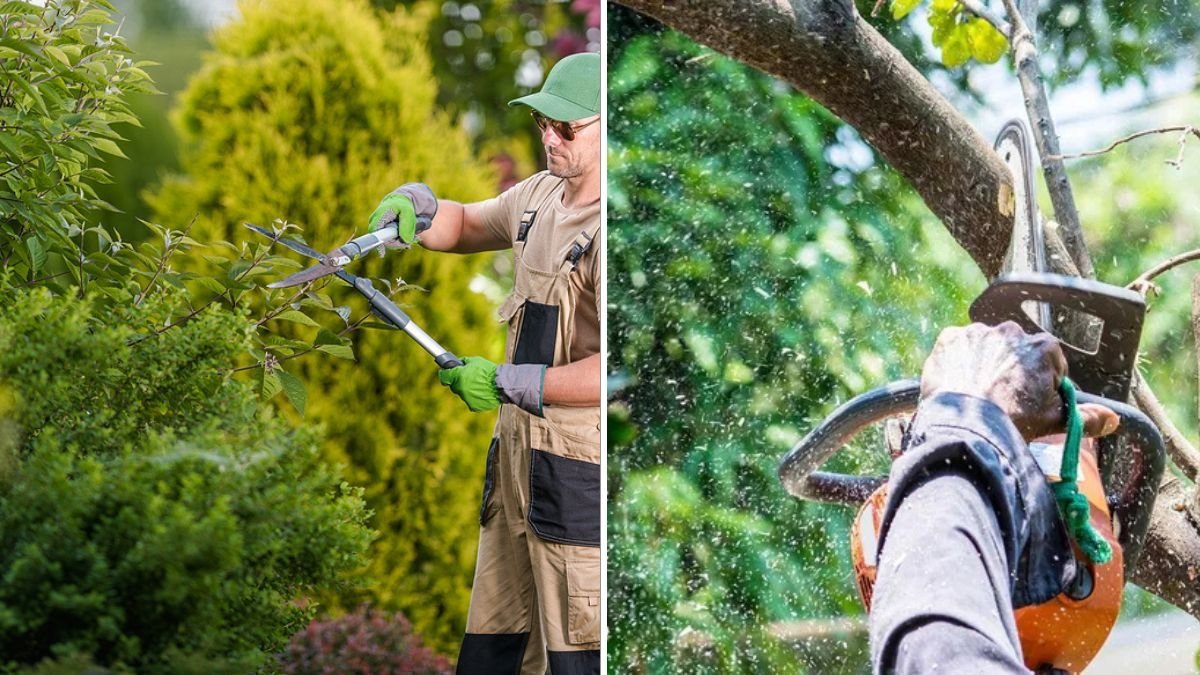
Leave A Comment